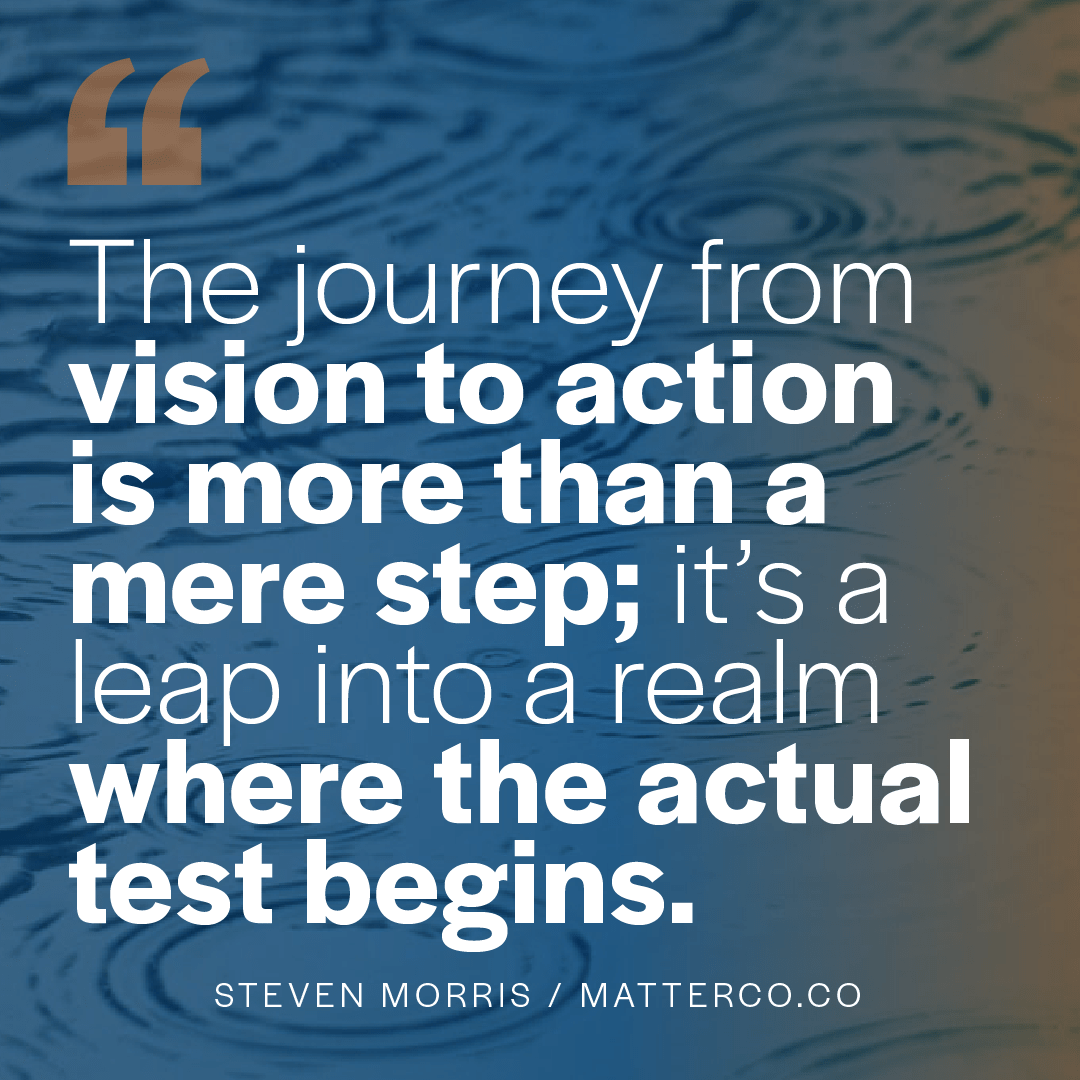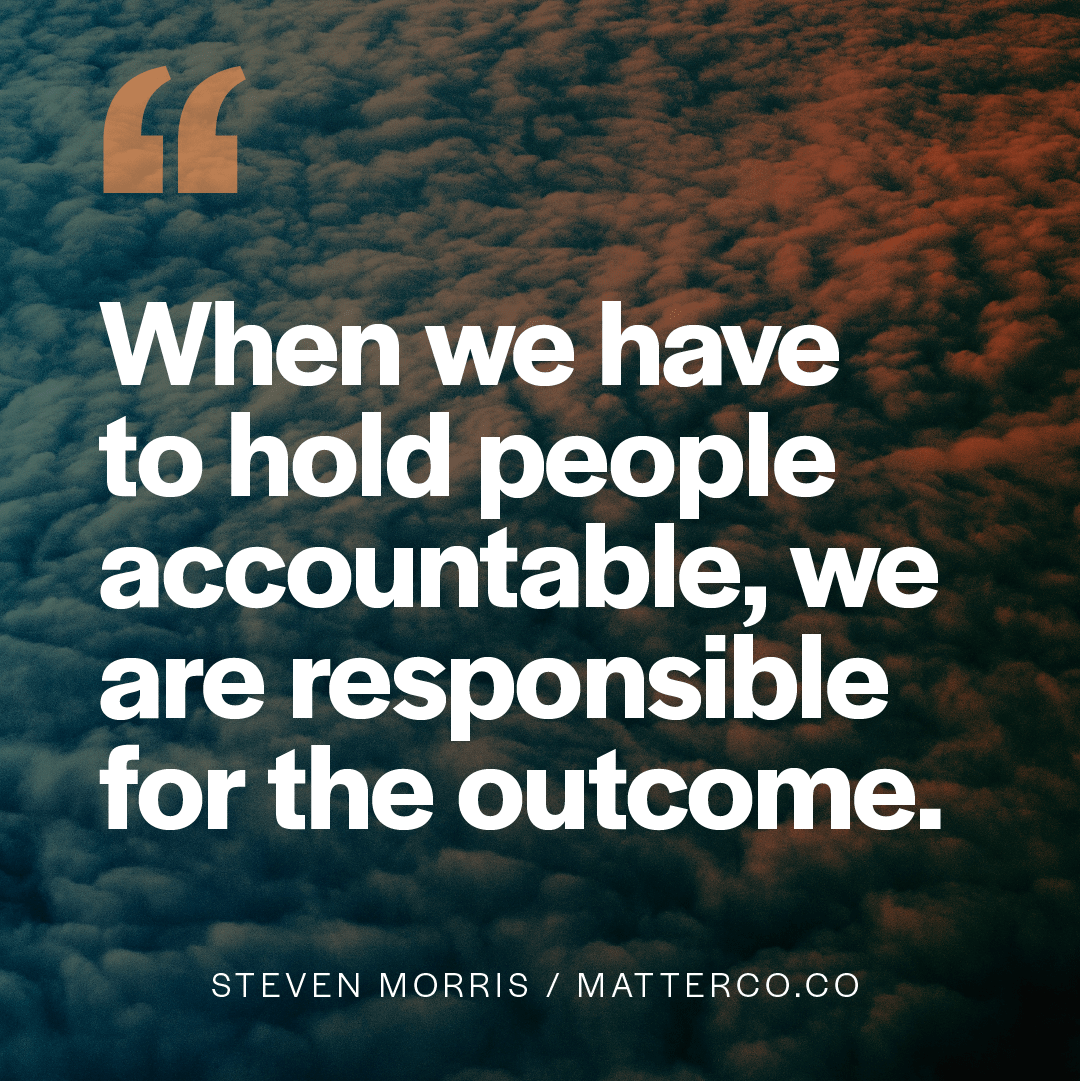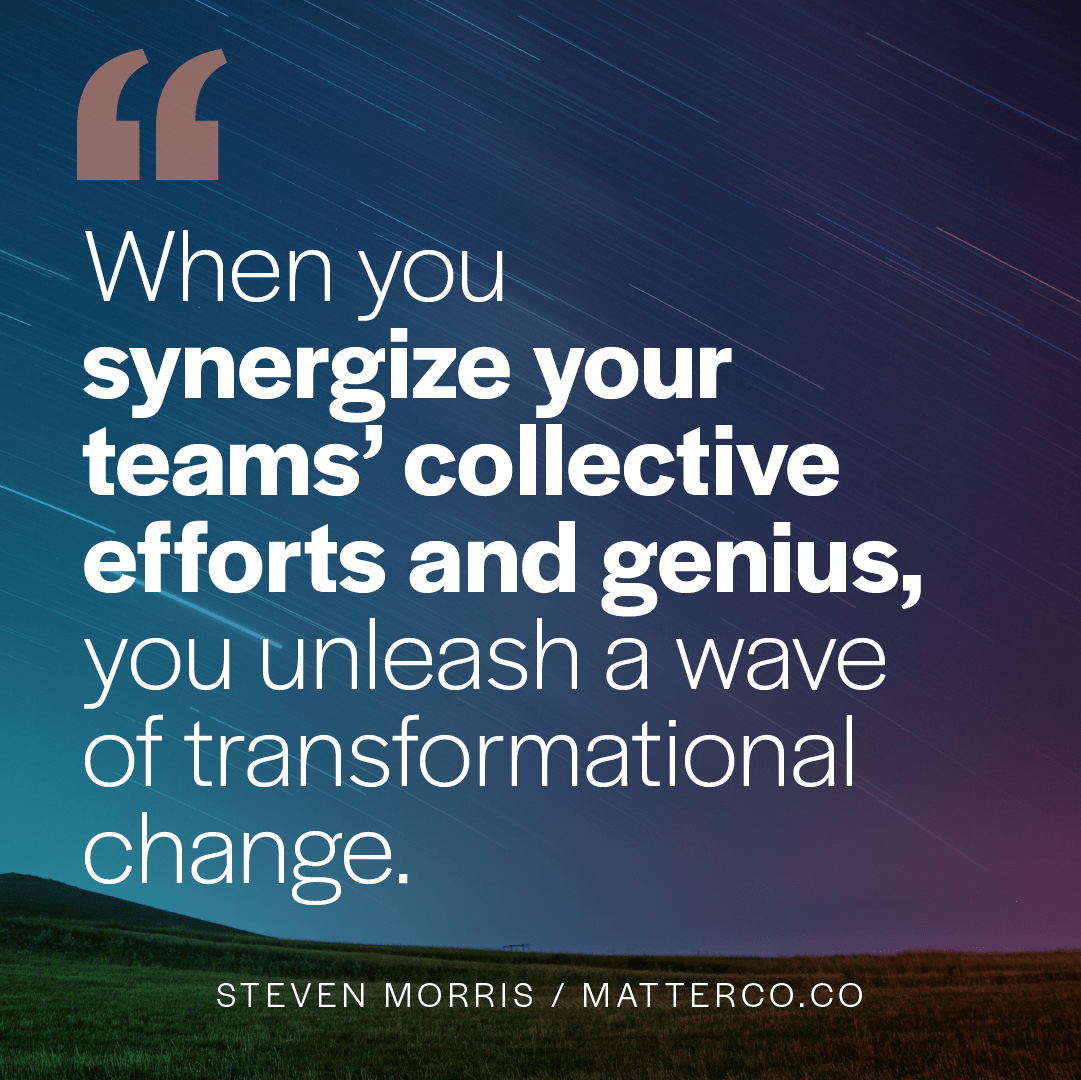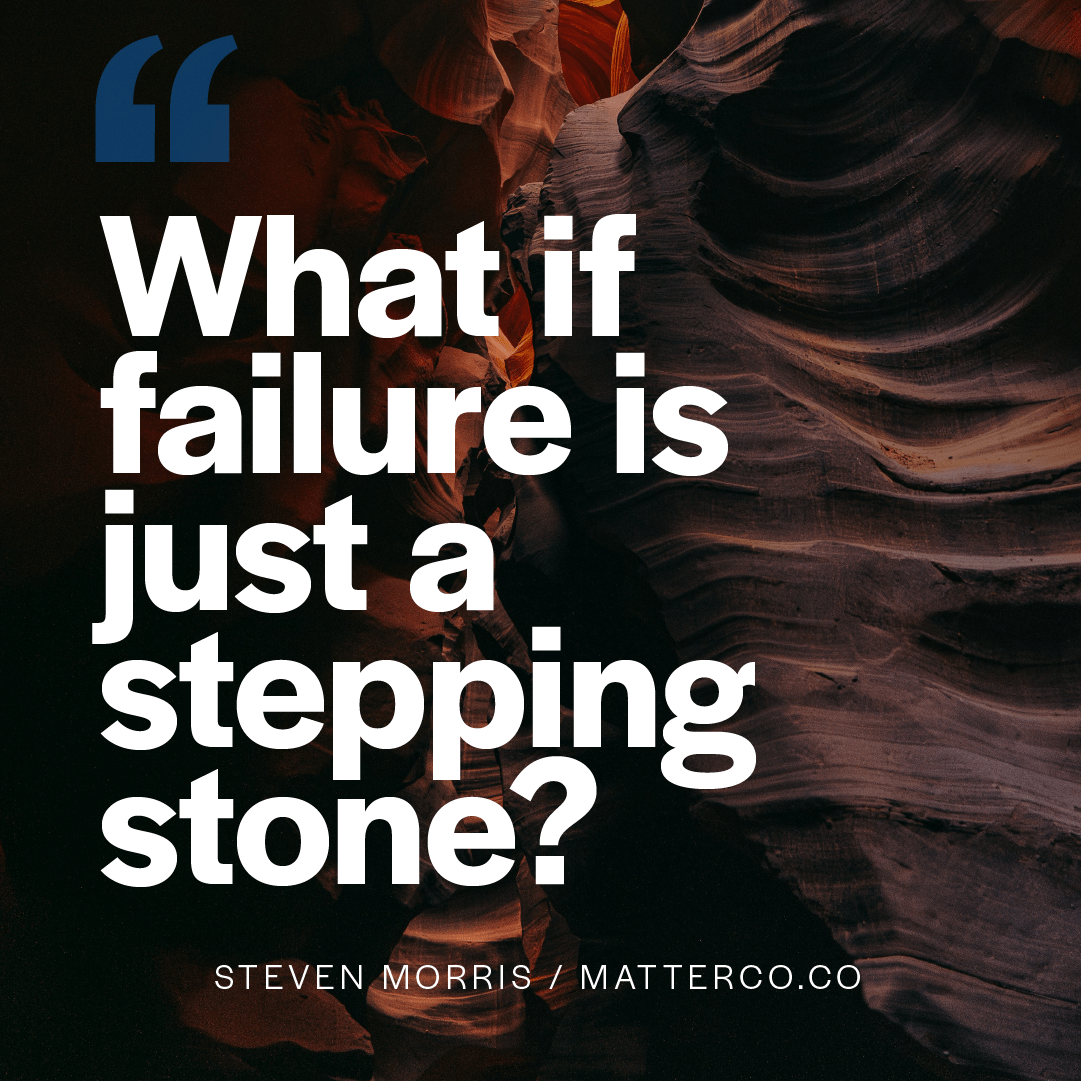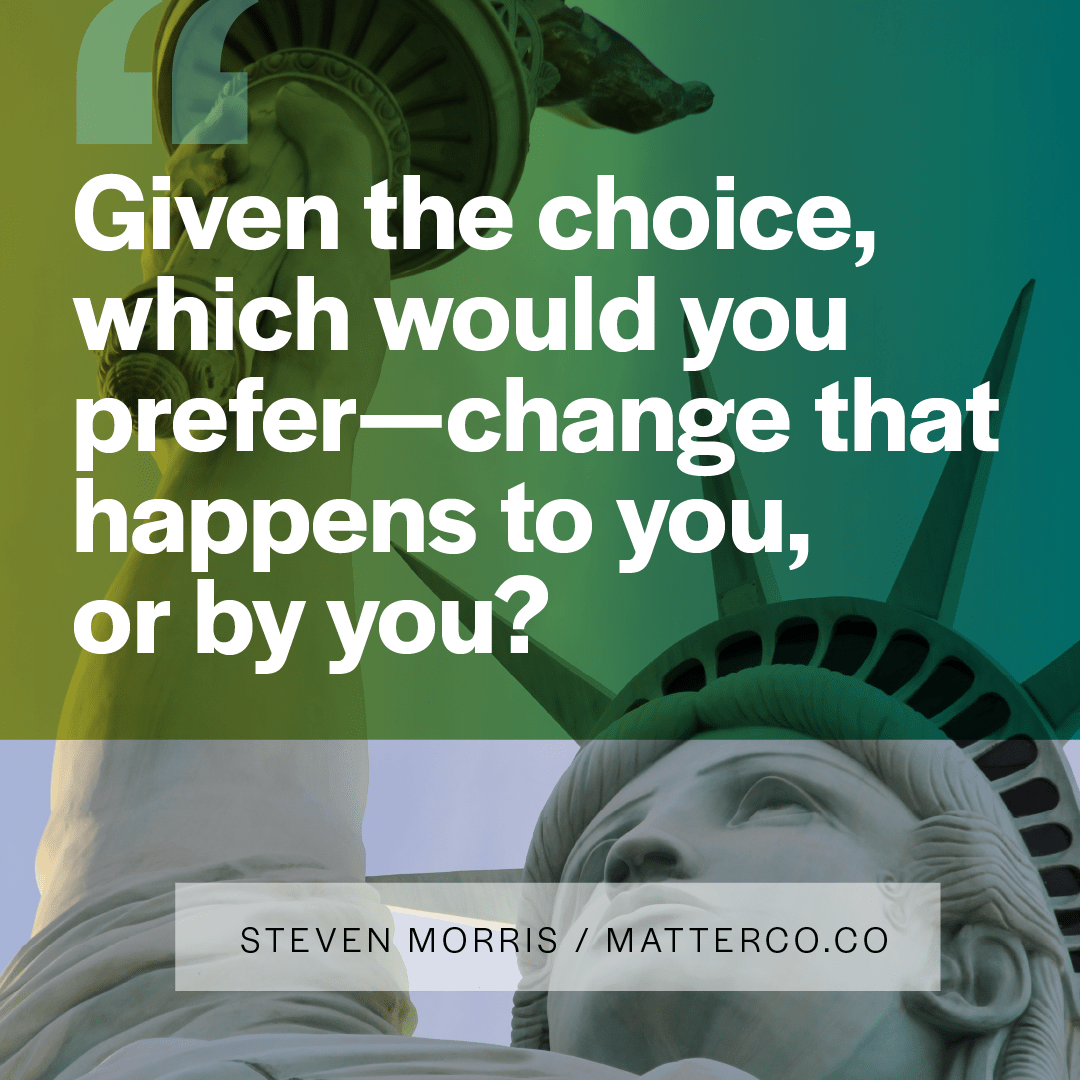
Change Happens
If you’re like most business leaders, you’re looking to see some future horizon in front of you.
The more threatened your business is—the more challenges you’re facing—the shorter the future time frame you’ll be able to envision. Threats to your business, fear, and survival-mode negatively influence your ability to envision and think creatively, but it heightens your motivation to change.
However, if your business is doing reasonably well, you will be able to lengthen your view of what the future might hold. Business leaders that fall low on the planning spectrum are more likely to get a little complacent about evolving to a new future. After all, if it isn’t broken, why fix it?
There’s a dichotomy here.
The higher the threat, the more motivation to evolve, but the shorter time frame you can envision a clear future.
The lower the threat, the longer you can envision your future path, but the lower the motivation you have to evolve.
If you’re in the “my business is thriving” category, congratulations! However, if you’re like most businesses, at some point you’ll find yourself closer to the survivalzone. You may be there today, or it may happen next week, month, or year.
So, why bother evolving your brand or culture when everything seems to be going well?
The answer is simple. All businesses need to evolve in order to thrive. Your business landscape is always changing, your customers are moving, your market is shifting, your competitors are adapting, and you can’t afford to be left behind. During business phases when everything appears to be good-to-go is actually the most potent time to change. This is true because you can think more creatively and see the long view.
Consider this: Change happens to a business in two primary ways.
External Change.
This comes from attributes like market shifts, changes in the competitive landscape, world crisis, technological innovations, or personnel changes like a key employee quits. Any of these external attributes can force a company to evolve. Much of this comes in forms that are out of your control—this change happens to you.
Internal Change.
Then there are internal forces, that are driven by foresight, strategy, aspirations, innovations, and planning that the leadership takes up to be intentional about change. External attributes force adaptive change. Internal attributes create proactive change. This is deliberate evolution. Most adaptive change is within your control—this type of change happens by you.
Given the choice, which would you prefer? Change that happens to you, or by you?
Both paths to change can be done with expert strategic planning, but the necessity for change will color your approach. After all, fear is a great motivator but a horrible advisor. And, freedom allows us to envision a longer-term future, maybe even the next 100-years.
“People only change their ways when what they truly value is threatened.”
― Marshall Goldsmith, What Got You Here Won’t Get You There: How Successful People Become Even More Successful
If you want a more trusting team, a culture of belonging or a magnetic brand that attracts more of the right customers, I can help. If you'd like to explore if working together makes sense, drop me a line.




